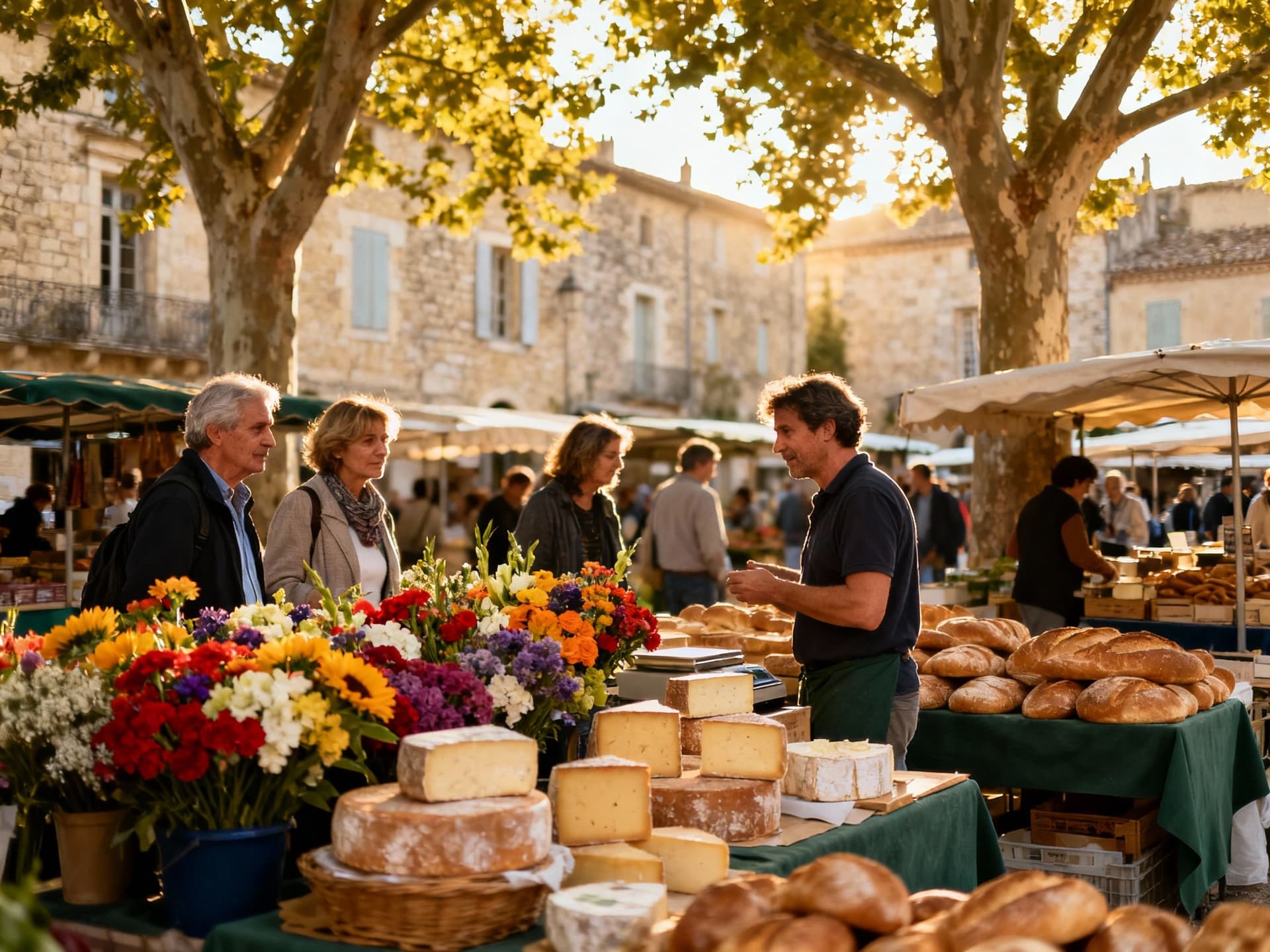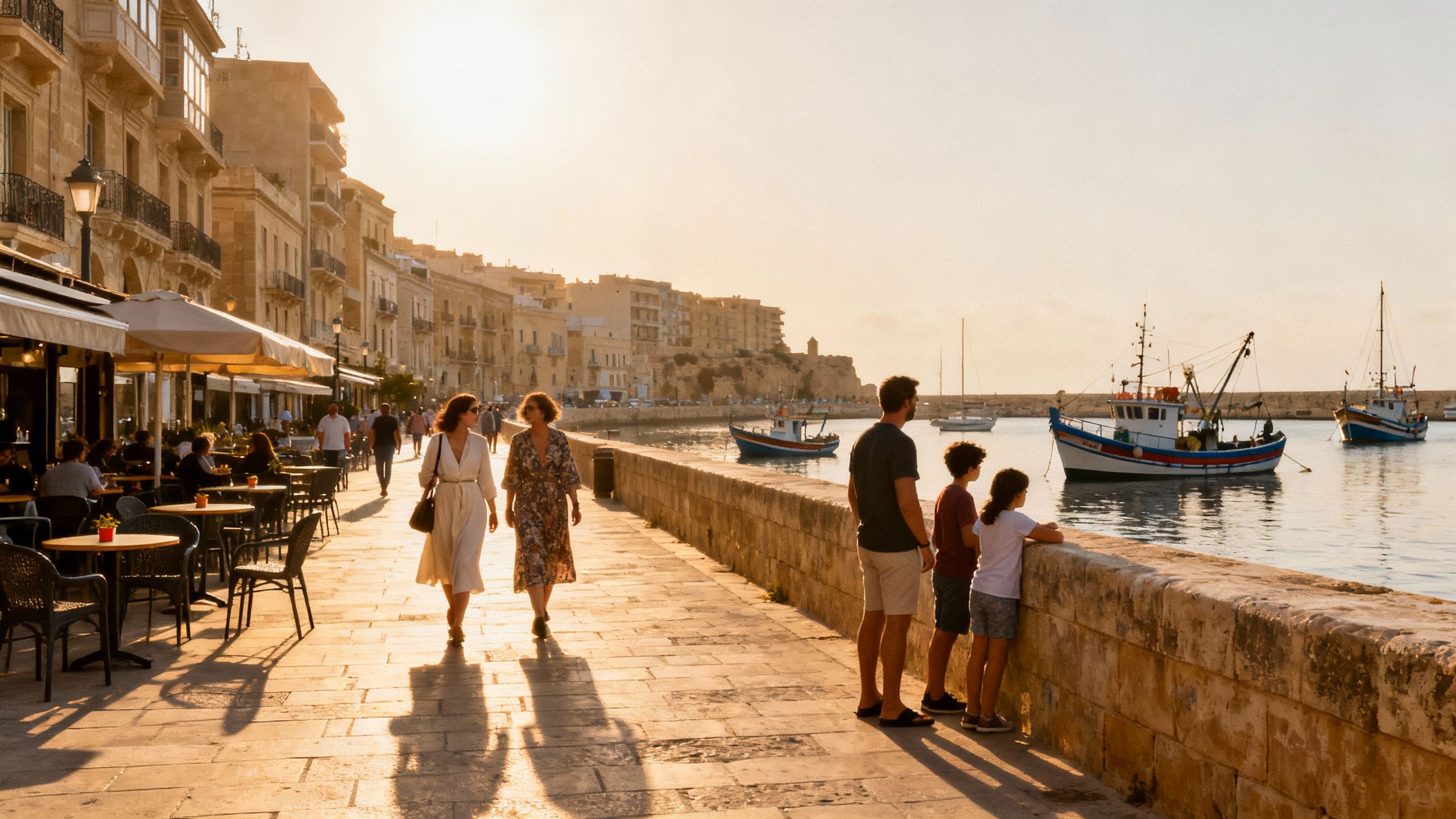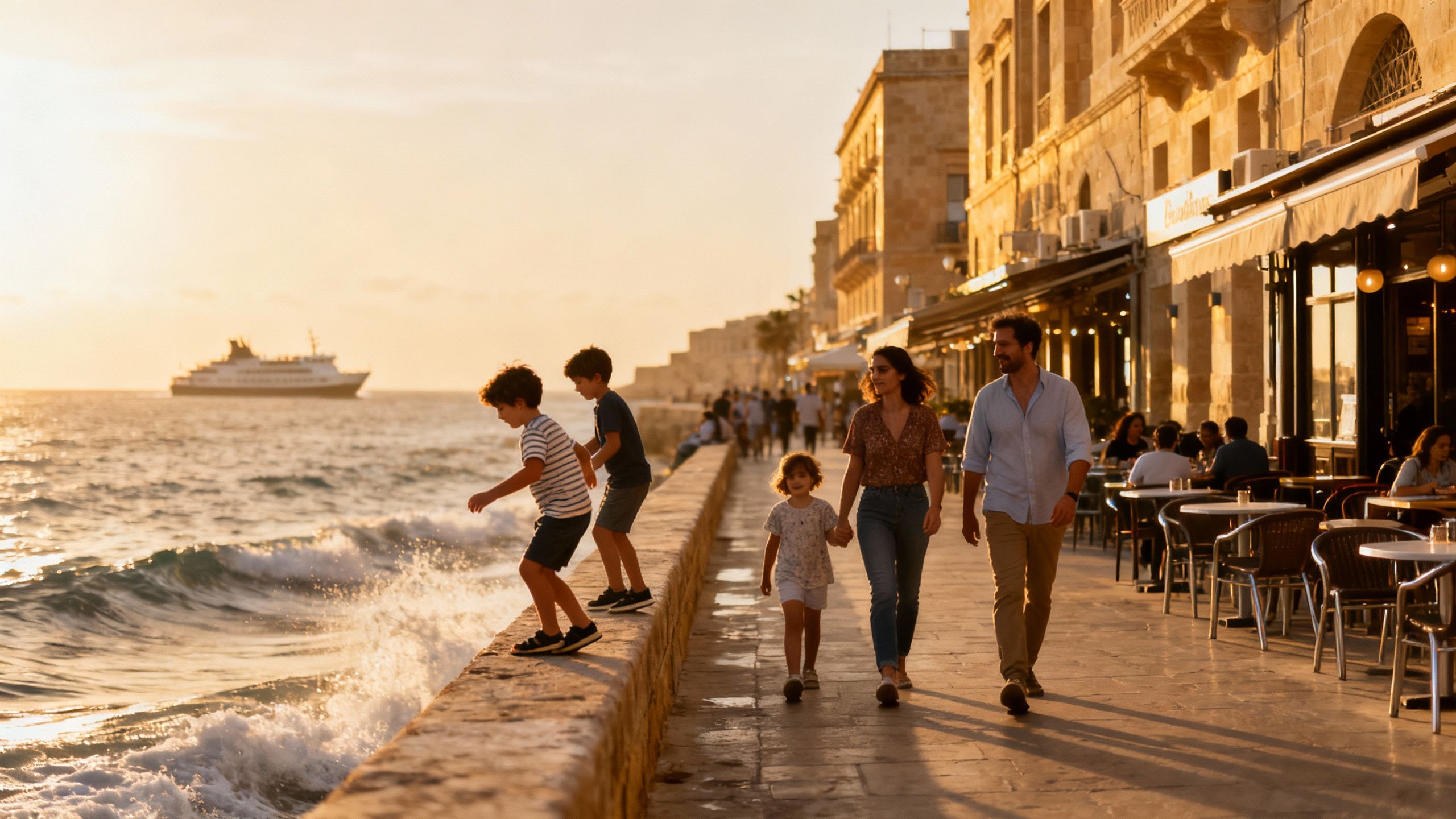Life and Costs in France: Where Romance Meets Data
France’s charm endures, but 2025 data show price recovery; buy for daily life first, then validate with regional market data and local expertise.
Imagine waking to the sound of a boulangerie door on rue des Martyrs, strolling a Saturday market in Aix‑en‑Provence, or watching light pool across limestone façades in a Côte d’Azur village. France is a mosaic of daily rhythms — provincial mornings punctuated by marché chatter, Parisian evenings where conversation replaces television, and coastal afternoons measured by tides and light. For many international buyers the romance is immediate; the practical questions follow. Recent market data show that after a period of cooling, prices and transactions in France began to recover in 2025, reshaping where value can still be found.
Living the French Life: atmosphere and everyday pleasures

To live in France is to inhabit a conversation between history and habit: plaster cornices and modern radiators, a local from the café who knows your order, the seasonal cadence of markets and fêtes. Neighbourhoods are sensory signatures — the chestnut trees of the 16th, the market stalls of the Marais, the salt air and pastel shutters along the Atlantic coast — and each offers a different tempo of life. These textures matter because they determine not only how you live, but what property type will actually suit your daily routine.
Paris: concentrated culture, measured privacy
Paris is both a study in refinement and a study in extremes. Historic arrondissements offer townhouses and haussmannian flats with theatre‑like proportions; the trade‑off is cost and competition. Recent notaire data indicate pockets of recovery in the capital, though wealth concentration leaves certain central quarters markedly pricier. For an international buyer who prizes urban immediacy — galleries within walking distance, private schools, discreet restaurants — Paris delivers, but with a premium for provenance and location.
Provence and the southwest: measured light, generous plots
From Avignon’s stone lanes to the vineyards around Bergerac, southern and western France offer a different proposition: outdoor life and gardens that extend living seasons. Here, 19th‑century bastides sit beside renovated farmhouses; you trade metropolitan immediacy for space, sun and a market culture that prescribes how you organise weekends. These regions remain attractive to buyers seeking a home that supports gardening, entertaining and long, slow meals.
- Neighbourhood and lifestyle highlights
- Le Marais, Paris — historic streets, independent boutiques, short walks to Musée Picasso
- Saint‑Rémy‑de‑Provence — morning markets at Place de la République, Provençal stone houses and plane‑tree avenues
Making the move: how lifestyle choices reshape costs

Dreams of slow breakfasts and market baskets intersect with data. National indices show house prices returned to growth in early 2025, signalling that pockets of affordability have tightened. That means the time when a provincial farmhouse felt undeniably inexpensive compared with Paris has narrowed; yet it also reveals new opportunities where quality and price align, particularly in secondary cities and inland coastal strips where light demand meets substantial character.
Property types and how they map to daily life
A village maison with a garden supports a life lived outdoors: terraced meals, vegetable beds, neighbours known by sight. A renovated apartment in Lyon or Bordeaux supports a work‑week of cafés and cultural evenings, with less upkeep and higher access to services. Consider room proportions — high ceilings for air and light, thick stone walls for summer cool — these are not stylistic preferences but tools for comfort and long‑term running costs.
Working with local experts who appreciate lifestyle
- How agents, notaries and local restorers align lifestyle and ongoing costs
- Identify an agent with region‑specific listings and knowledge of seasonal rental dynamics — they will advise on which villages fill in summer and which sustain year‑round life.
- Ask for recent running‑cost examples (heating, local taxes, utility bills) from comparable properties rather than relying on estimates.
Insider knowledge: what expats wish they’d known
Practical realities change daily life more than grand gestures. Language matters in small‑town bureaucracy; a friendly mairie can ease renovation permissions. Seasonal population swings mean a village can feel lively in July and hushed in January — plan for both. Expats often underestimate maintenance on older masonry and roofs; the charm of exposed beams comes with conservation responsibilities and a modestly different cost profile.
Cultural nuances that shape where you live
Neighbourhood life is organised around habits: market days, boulangerie closing times, and local associations that curate fêtes and conservation efforts. Integrating means prioritising proximity to the services you use — pharmacy, school, train station — rather than only scenic value. The most cherished homes are those that balance provenance with everyday convenience.
How life evolves: from second home to settled life
Many buyers arrive with a seasonal fantasy and stay because a place reveals year‑round virtues: winter light in Dordogne, crisp autumn markets in Brittany, the gentler pace of towns like Aix‑les‑Bains. Over time you will trade novelty for routine — a favourite charcutier, a regular table at a modest bistrot — and that accrues value in ways a price per square metre cannot capture.
Conclusion — buy for the life, verify with data. France rewards buyers who pair imagination with regional knowledge: choose a neighbourhood whose daily rhythms you love, then test assumptions against recent price indices and local running costs. Work with an agency that appreciates architectural pedigree and understands seasonal population, tax timing and maintenance realities. If you love the market's market, begin by visiting outside the high season and ask for comparable running‑cost statements; the right property will feel, at once, inevitable and enduring.
Relocating from London to Mallorca in 2014, I guide UK buyers through cross-border investment and tax considerations. I specialise in provenance, design integrity, and long-term value.


